This is our third set of weekly drawing challenges for October’s Big Draw, which this year is the Big Green Draw #ClimateOfChange
See what else we’re doing for the Big Green Draw here
Energy is how things change and move. It is in everything, it makes things happen, and it makes life grow and exist. Our harmful ways of using energy are key in what has caused the climate to change, but understanding energy offers solutions to helping the planet thrive for all our futures.
However, energy can be hard to understand because it’s not always visible. Drawing and art-making can help you find, explore and show energy in things like our bodies, our food, the sky, water or in plants. This resource gives an introduction, to help you explore energy, and perhaps find your own energy to help the planet too!
ABOUT ENERGY
Energy is the ability for things to work, for example, to move against a force, to grow, to change shape, to combine or to change in temperature. Without the exchange of energy we would not be able to speak, play or make things. Trees and plants would not grow to reproduce themselves and provide food for us. Animals would not be able to eat food to grow. And so on. There are lots of different types of energy. There’s sound energy, electric energy, energy in electromagnetic waves, kinetic energy from motion, stored energy, and more. Watch this Khan Academy Introduction to Energy for more.
Using energy differently so we can travel, heat (or cool) buildings and make things, is absolutely key to stabilising our planet’s climate. Energy use makes up more than 70% of emissions of Greenhouse Gases that warm the planet. For a start, we must use less energy overall by travelling and consuming less, sharing more, or by stopping energy from being wasted. We must use renewable and sustainable sources of energy, such as the sun, wind, water or recycling waste. At the same time, we also need to spread access to energy, as one billion people do not have electricity and 3 billion use dirty fuels that worsen climate change. There are other ways we can reduce the impact of all this harmful energy use, such as planting wild forests, wasting less food and eating more plants. See Project Drawdown for lots of inspiring ideas. Find some clear, simple resources here which explain climate science and solutions.
ART ABOUT ENERGY
Because energy is in everything, it’s hard to find art or artists that aren’t in some way about energy! But let’s try to focus! For quite a few decades now, lots of artists have used light, sound or movement, or energy changes in natural materials, instead of paint, pens or clay for their materials.
Out of the thousands to mention, have a look at United Visual Artists, or UVA, who make events and installations using performance, light, digital technology and sound.

Look at the sound art of the Swiss artist, Kimoun, who creates large installations of ordinary objects such as bags, boxes or sticks, which move and create sounds. Kinetic art uses energy, of course, so a big question is how the carbon footprint of art like this can be reduced.
And some artists are making art with and about renewable energy.
Art and Energy is a collective of four artists. One of their projects is Moths to a Flame, inviting people to contribute to an artwork about moths for the next climate talks, COP26. They’re making a colouring sheet that will allow you to design and the bring to life your own moth on your smart device, with your own message for the future.

Ellery Studio created this colouring book about the Energy Transition.

There’s the Land Generator Art Initiative, an annual prize for art that generates energy. For example, architect Sungi Park won with Starlit Stratus, a canopy of tesselated solar materials which at night folds into several spheres to light the public square.

The Amsterdam art collective Zumzum did a project called Pollinating Ideas, where joggers and walkers were given a baton torch which charged up as they exercised, then they added it to an installation to light the place at night.
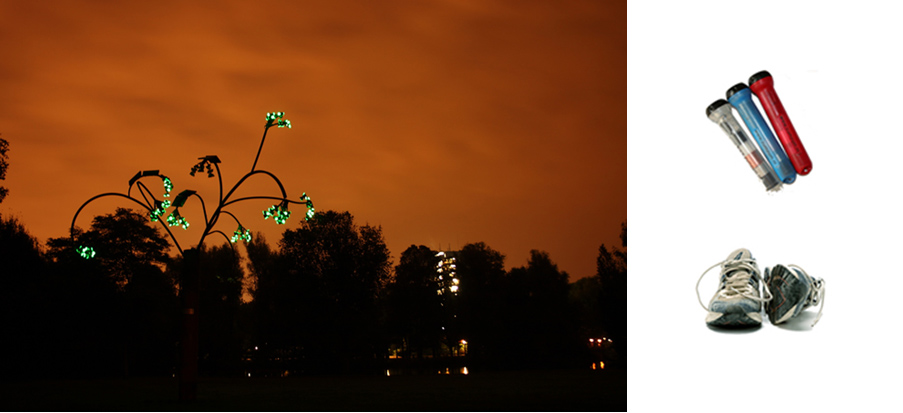
Some artists create performances or artworks to criticise fossil fuel companies and end their power in society. For example, Liberate Tate did several performances until Tate ended its sponsorship by the oil company BP.
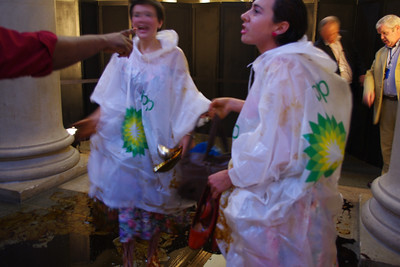
Ellie Harrison created the Radical Renewable Art & Activist Fund, where the energy generated from a solar panels provided grants for art. This doesn’t look like art, but it is a part of Ellie’s art practice – and employs creative thinking.
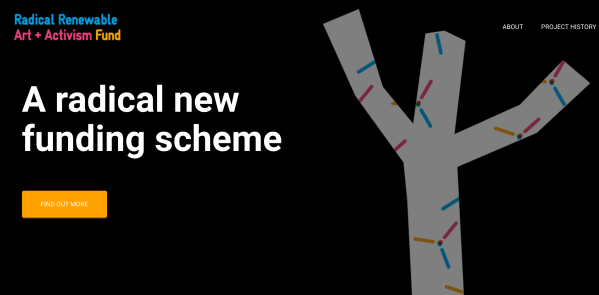
For more inspiration have a look at the #DrawingEnergy Pinterest collection. And hundreds of examples of Climate Art.
So, do you want to spark your own energy for some energy art, and maybe for helping the planet too? Here are seven activity ideas. (We produced these for Children’s Art Week in July, but we believe in recycyling!)
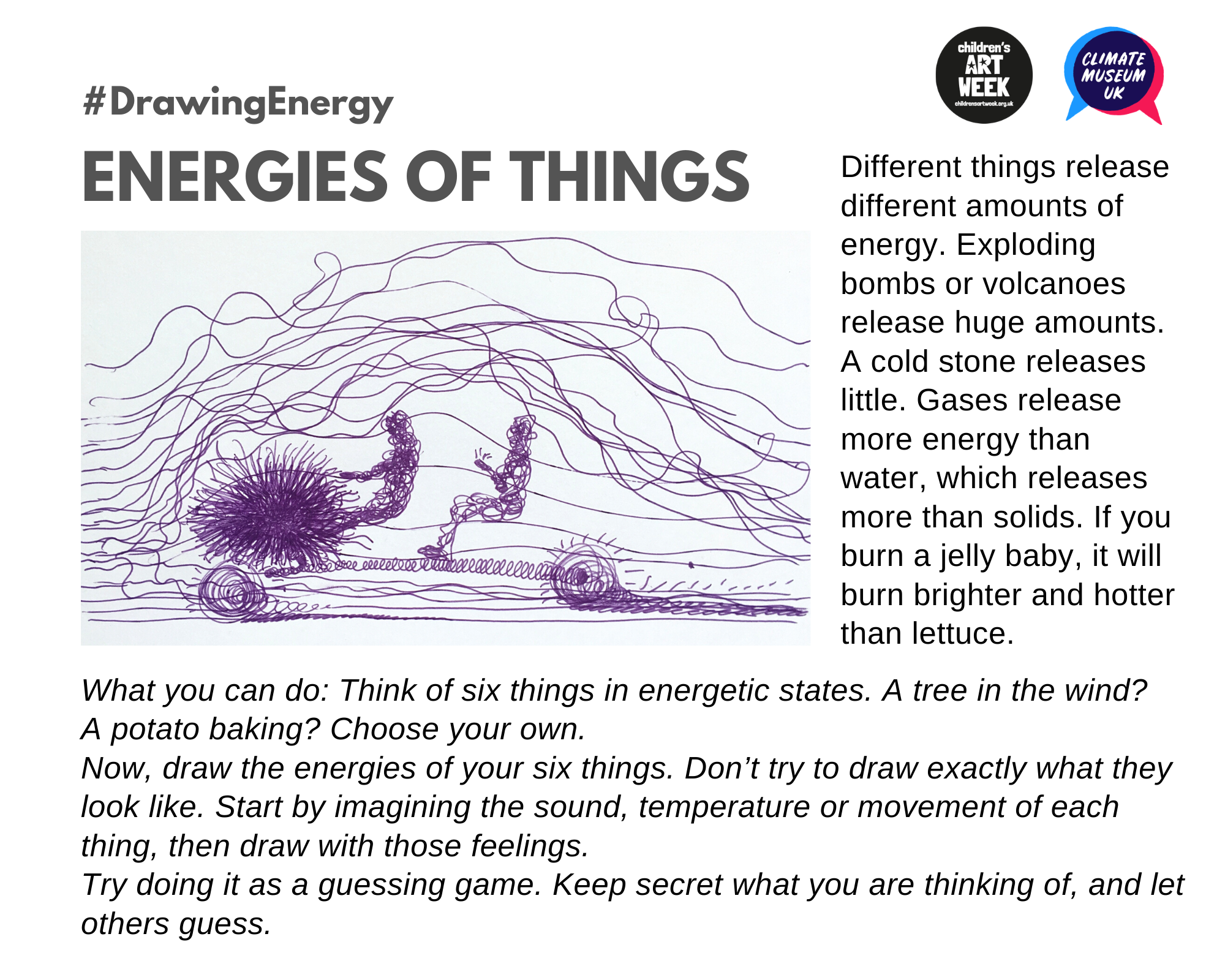


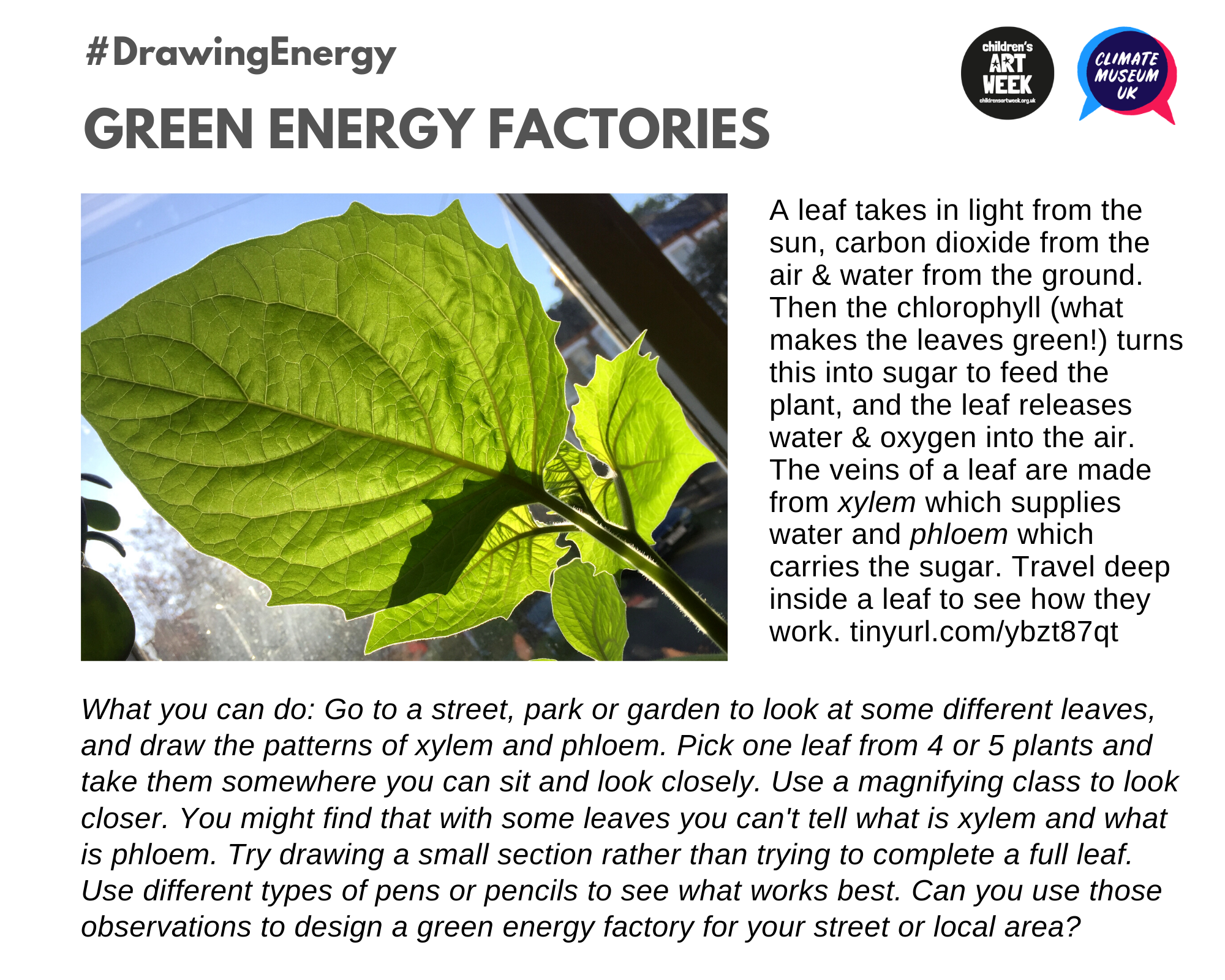


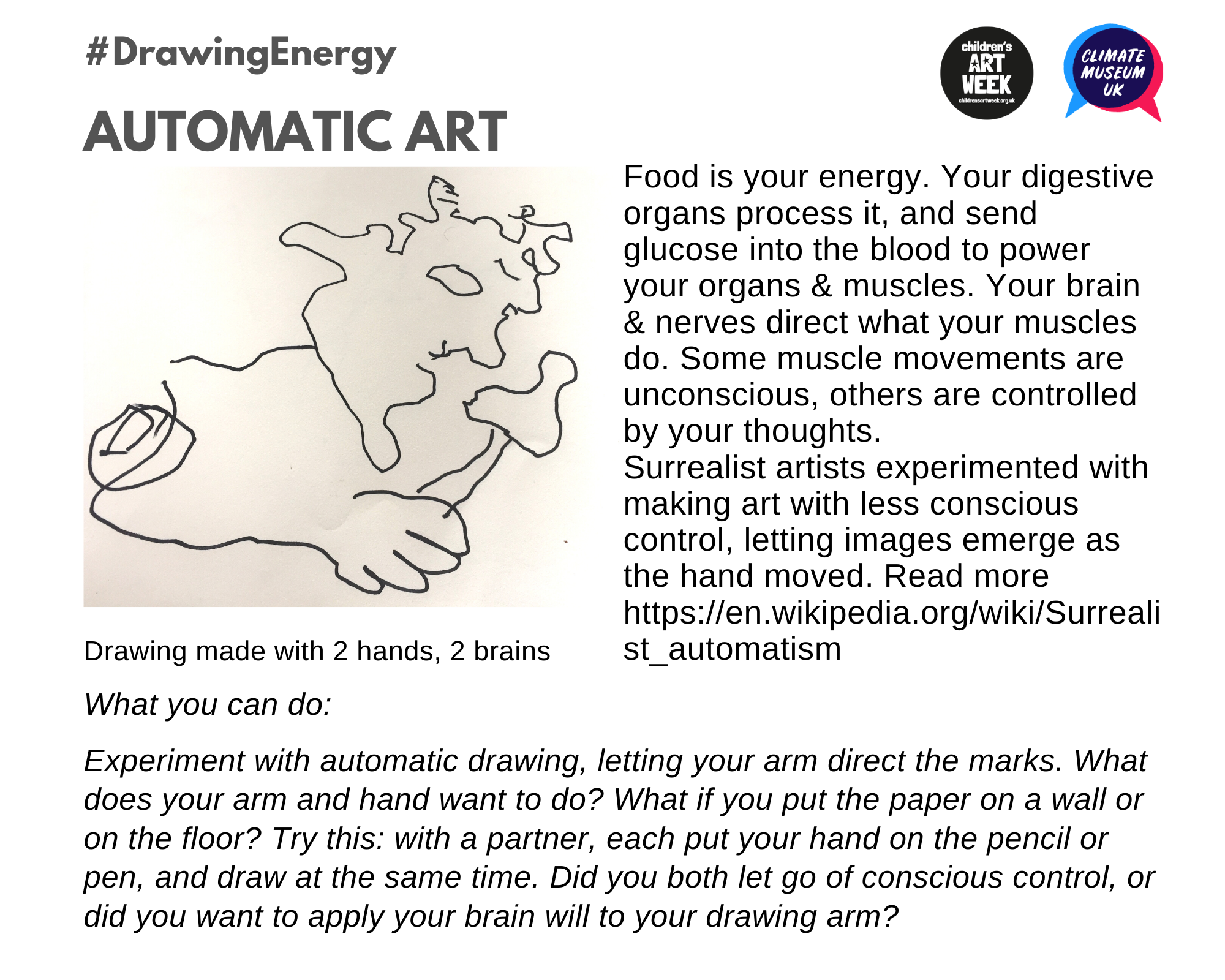
Share what you create using #DrawingEnergy #MyClimateMuseum and #ClimateOfChange
About #MyClimateMuseum
We don’t think there should be one Climate Museum – ours – but thousands in homes, schools or libraries everywhere. We can learn a huge amount about the Earth’s troubles and how to solve them, if we explore human-made or natural objects and if we make art to express feelings and solutions. Our big challenge this month is that you create your own Climate Museum of all the art you make and objects you collect. Take photos of them in a display, and share photos with #MyClimateMuseum



Where are the rest of the posts please. I can’t find them.
LikeLike
Hello. Each prompt is added daily, to the end of this single blogpost. There are three more to come, shared on Twitter, Instagram and Facebook.
LikeLike